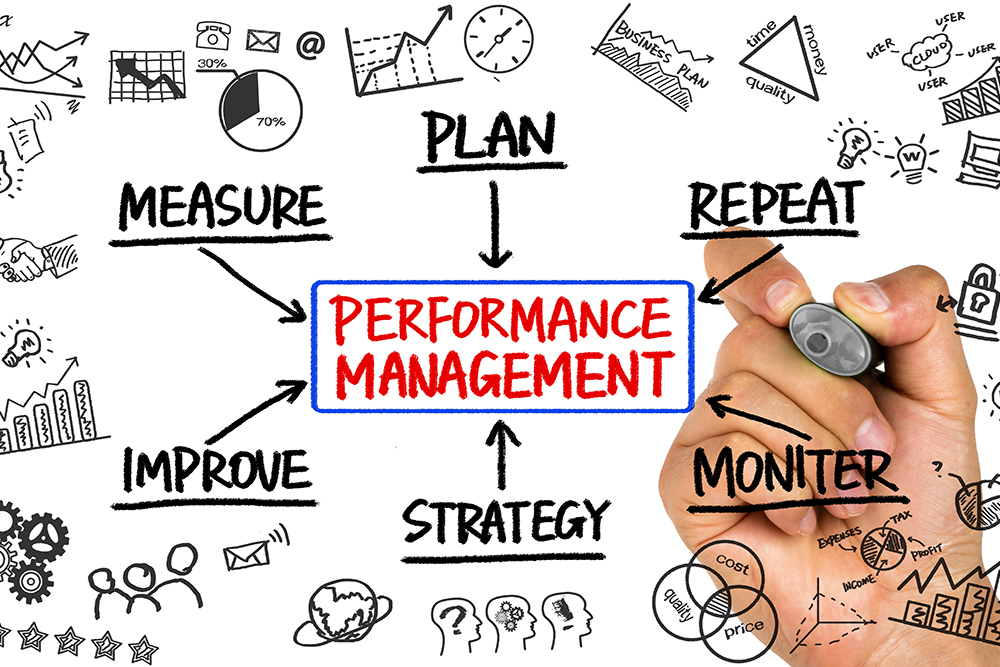Companies often have characteristics they want employees to exhibit or goals they want them to achieve. A problem that many organizations encounter is that their goals are too high level or hard to quantify, such as “improve customer service,” “increase safety,” or “improve efficiency.”
The Value of Specific Metrics
Smart companies focus on goals with specific metrics: improvements in customer service could be measured by customer surveys, increases in safety could be measured by the number of jobsite accidents, and improved efficiency could be measured by throughput.
As we discussed in a previous post, it often makes sense to share these metrics with employees. Assuming the metrics you choose are appropriately aligned with the company’s goals, sharing them lets employees know what areas the company is focusing on, as well as where they and their immediate teams stack up and may need improvement.
The Impact of Employee Behavior
But taking it a step further, it’s also important to let employees know how their behavior can and should change to boost their improvement on those metrics.
For example, if there is an employee who consistently averages a 6 out of 10 score from customers in responses to customer service calls, it could be helpful to share best practices from staff who receive higher average customer ratings.
Similarly, if a team is seeing an increase in workplace accidents, managers should look for concrete actions and safeguards to prevent them.
In addition to finding useful metrics to measure goals, building actionable solutions to improve performance on those metrics helps further the goal: “the goal is improved safety; we measure safety, in part, by number of accidents; these are the steps we can take to prevent accidents.”
Driving Overall Performance Improvement
Metrics that are focused on the goals they are intended to support are useful in driving the overall goals, as those involved can focus on something more concrete.
Those metrics are often analyzed at the management level, but if they are shared with the employees being measured and if managers can develop a method to improve employees’ performance on those metrics, everyone stands to benefit.

